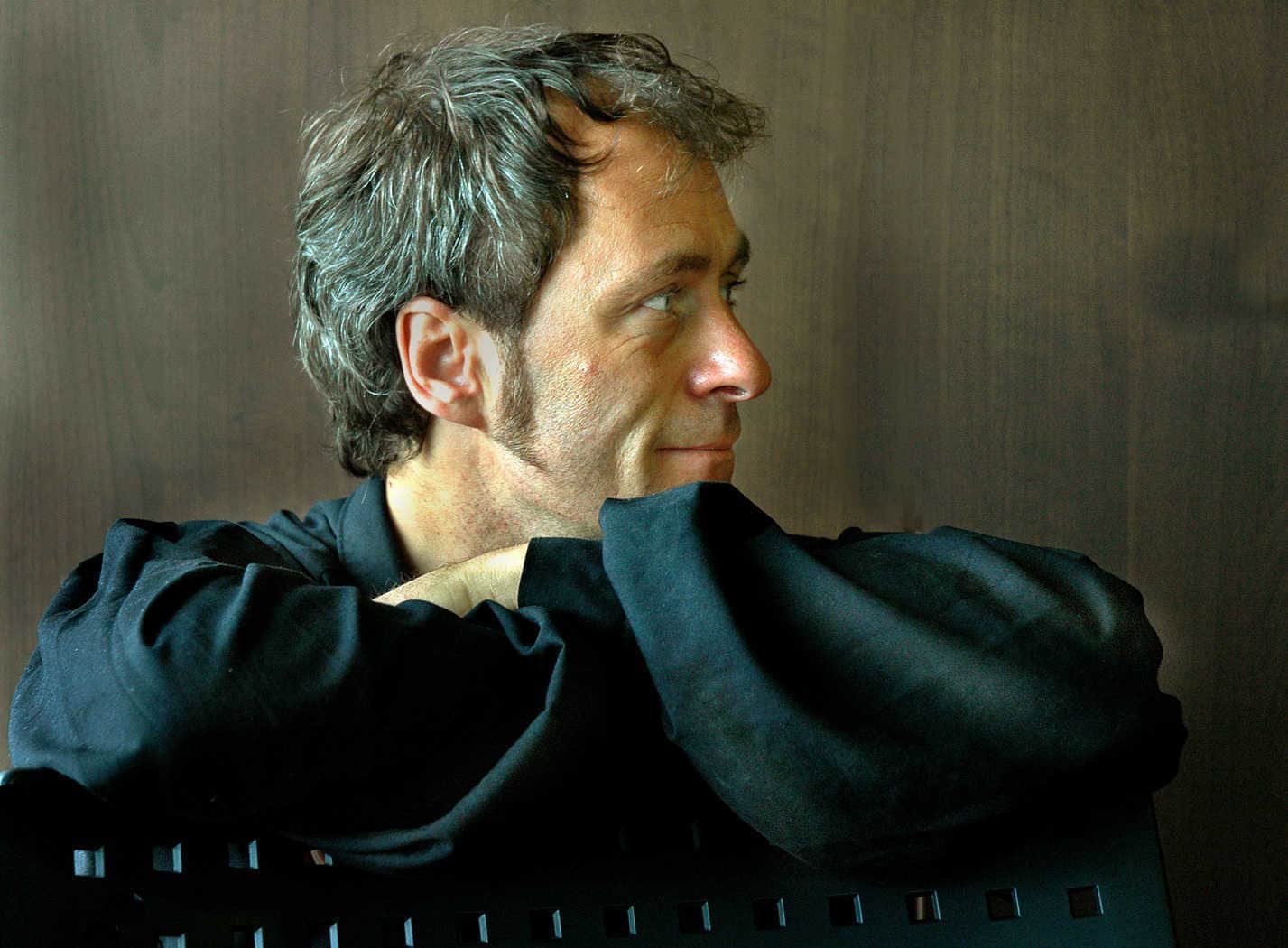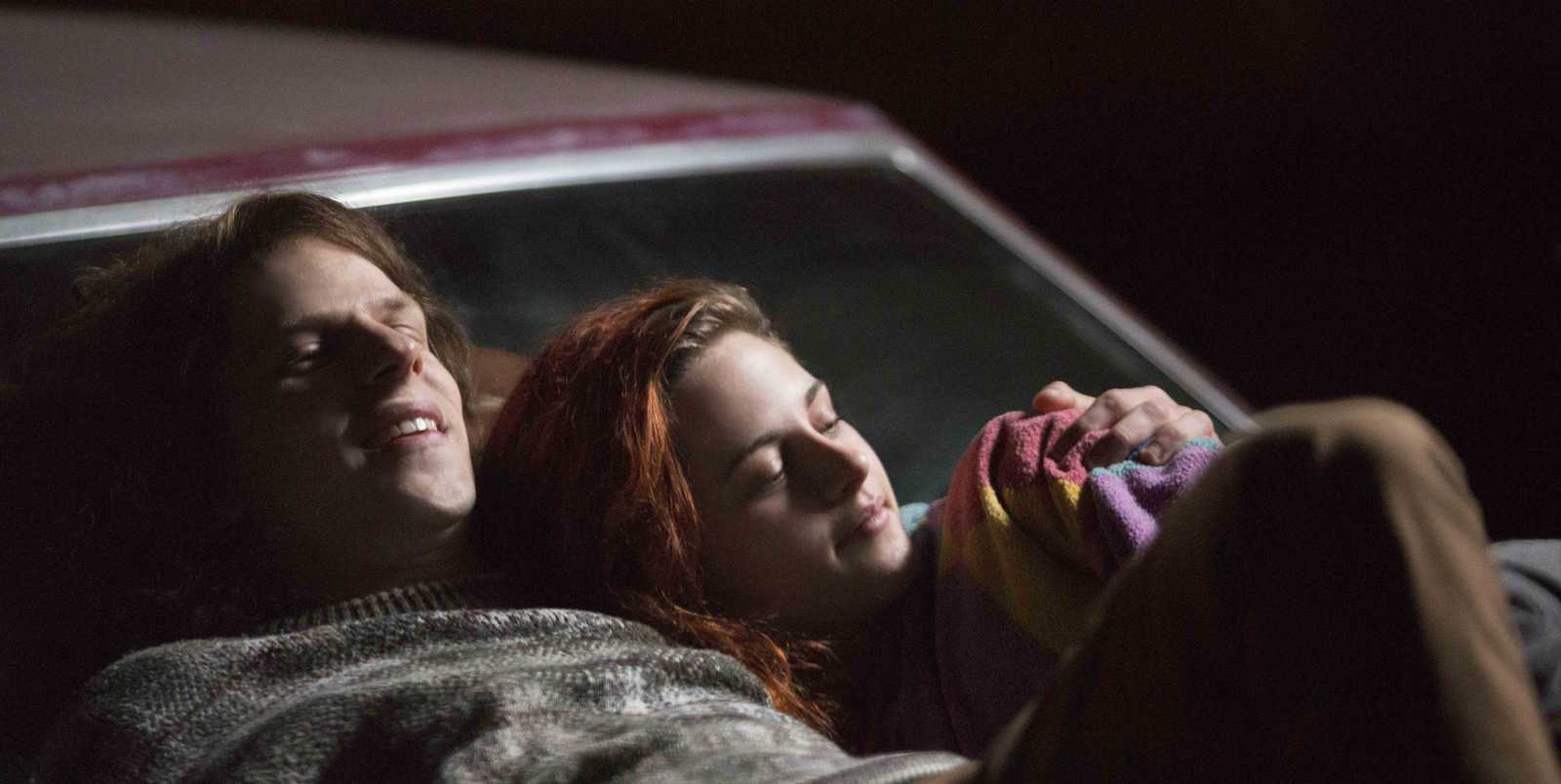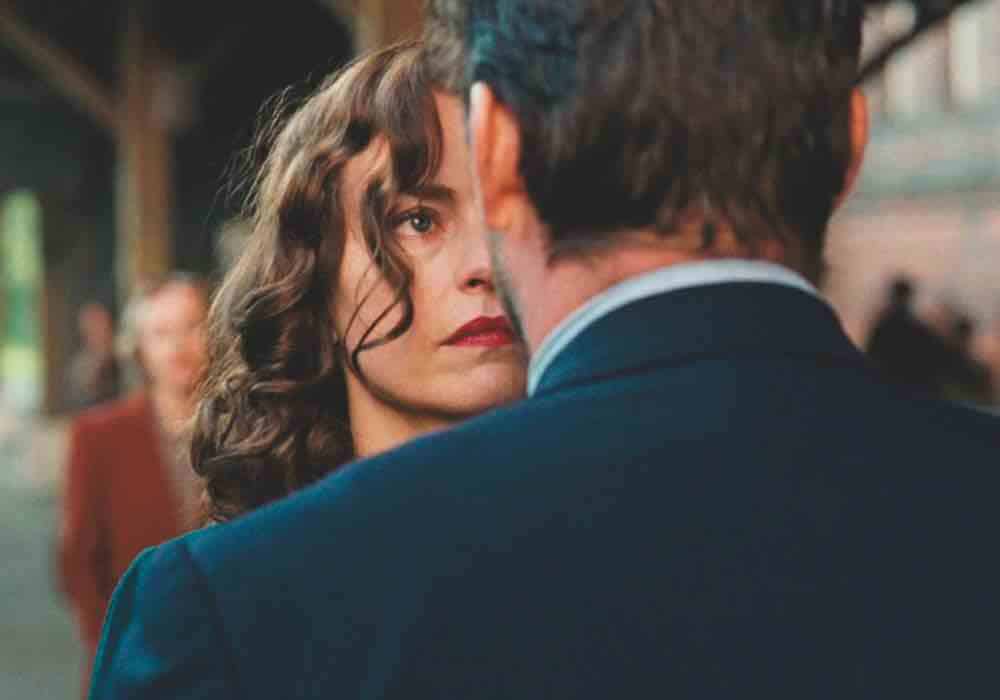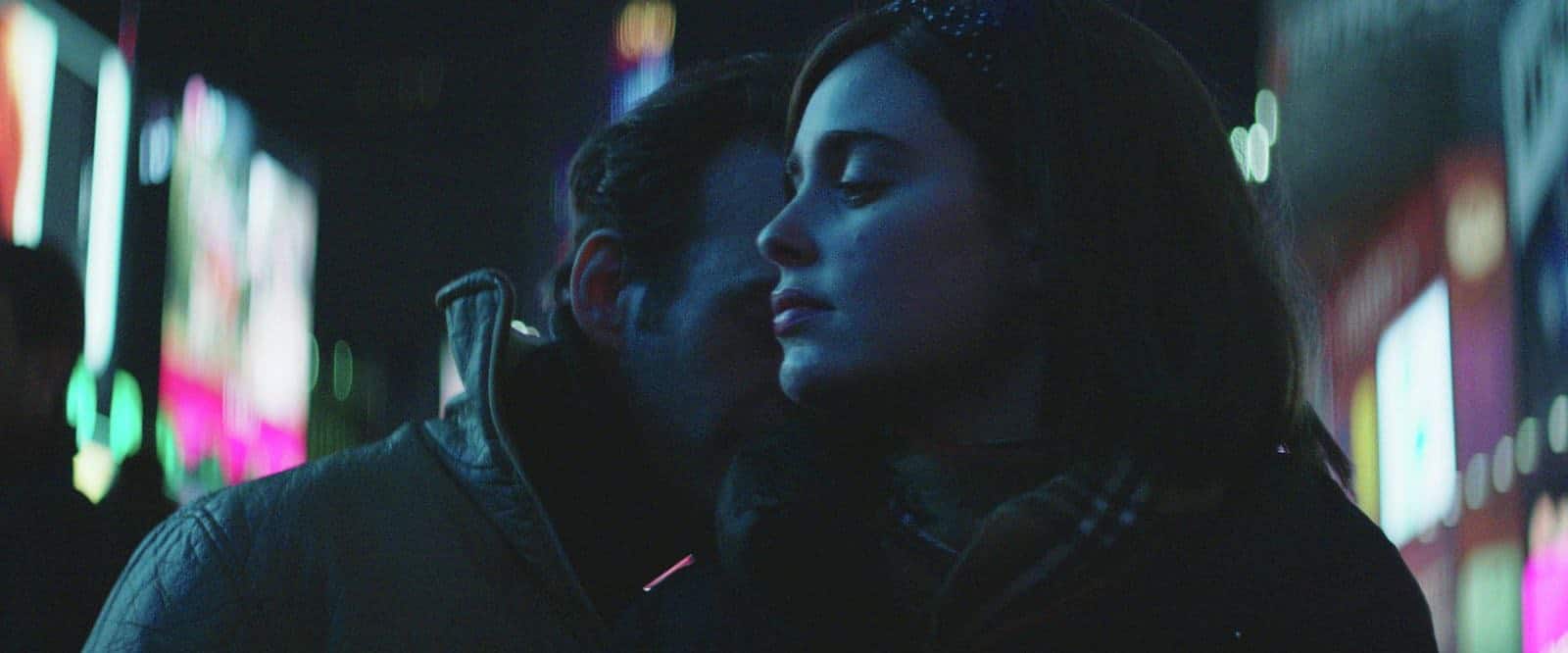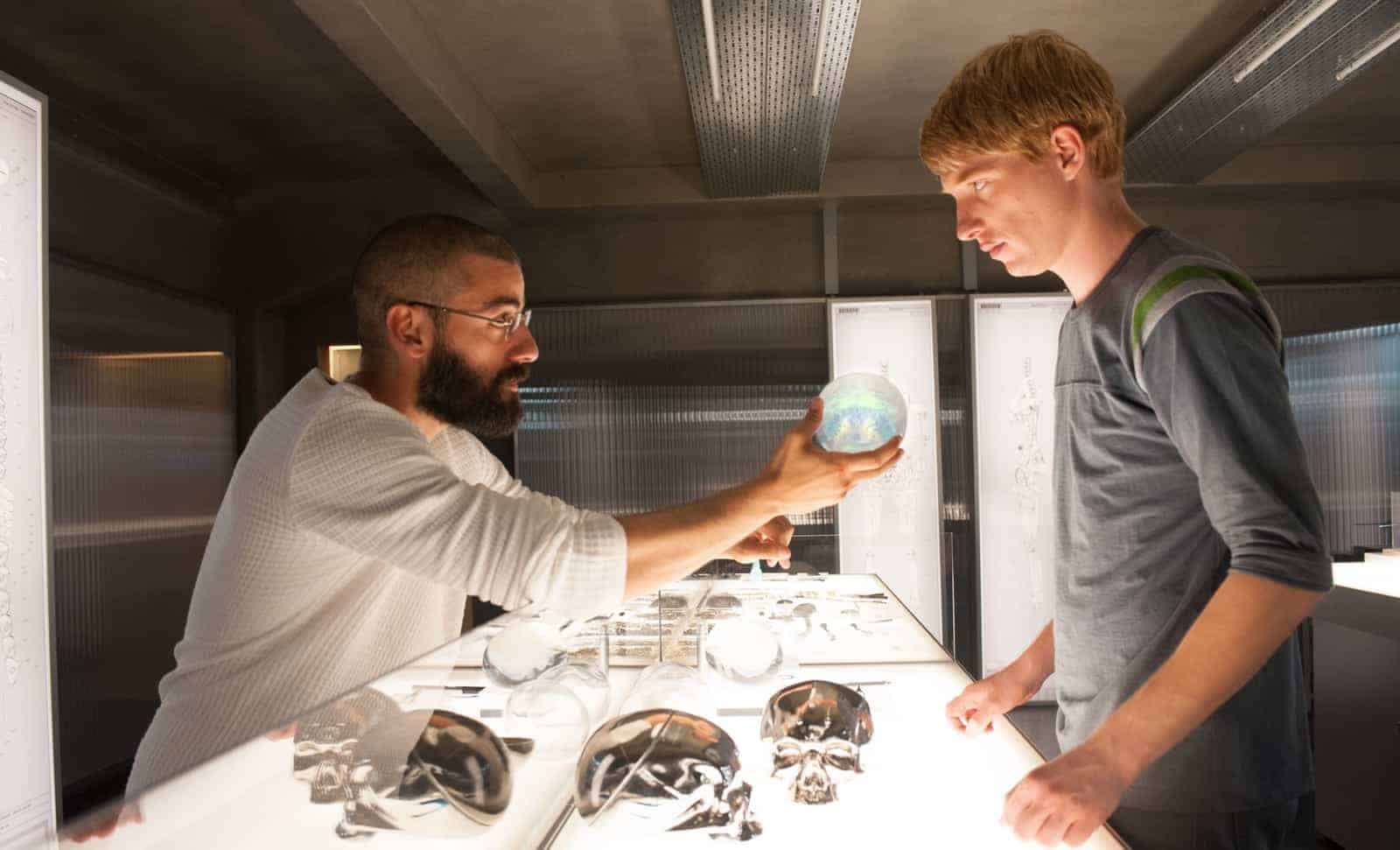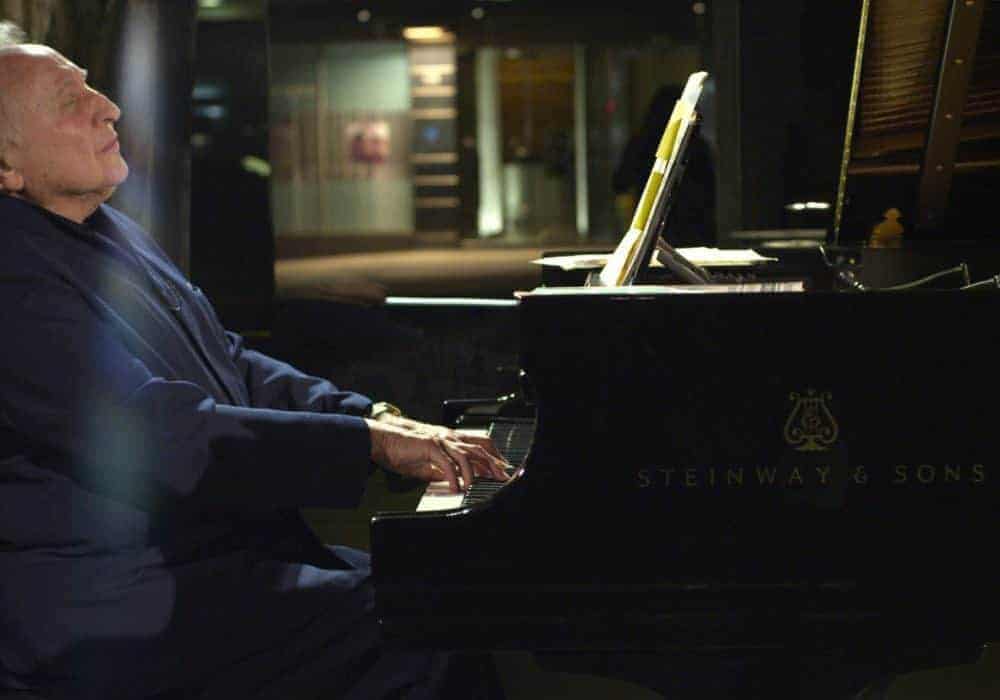Hubert Sauper discusses making his film We Come as Friends, creative nonfiction cinema, and the geography of colonialism. This is an excerpt from the ebook In Their Own Words: Documentary Masters Vol. 1.
Best of The Seventh Row
Review: Stewart and Eisenberg elevate the shit out of American Ultra
The best thing about American Ultra, a movie about two stoners who find out the CIA is trying to kill them, is how incredibly real, lived in, and sweet their relationship is. Without the reuniting Adventureland pair Kristen Stewart and Jesse Eisenberg as the leads, the film could have easily been just another dumb stoner action film with moderate laughs.
Deafening silence: Phoenix and The Look of Silence
Christian Petzold’s film Phoenix and Joshua Oppenheimer’s The Look of Silence are both about the need to face and make peace with the painful past that would seemingly be easier to ignore. Earlier this year, the Art Gallery of Ontario held an exhibit of Henryk Ross’s photos from the Lodz Ghetto. It was hidden in […]
Maxime Giroux on his wonderful Hasidic Jew romance Felix and Meira
Maxime Giroux discusses his new film about a Hasidic Jewish woman in Montreal who is thinking about leaving her community. It won Best Canadian Film at TIFF 2014.
Ex Machina is yet another film about boys and their toys
Ex Machina isn’t just misogynistic; it gets the science wrong, too.
Seymour: An Introduction: A moving portrait of the artist as a humble teacher
In Seymour: An Introduction, Ethan Hawke follows his friend. former concert pianist Seymour Bernstein, for an intimate, inside look at the process of making art, its rewards and struggles, and an ode to a great teacher.
